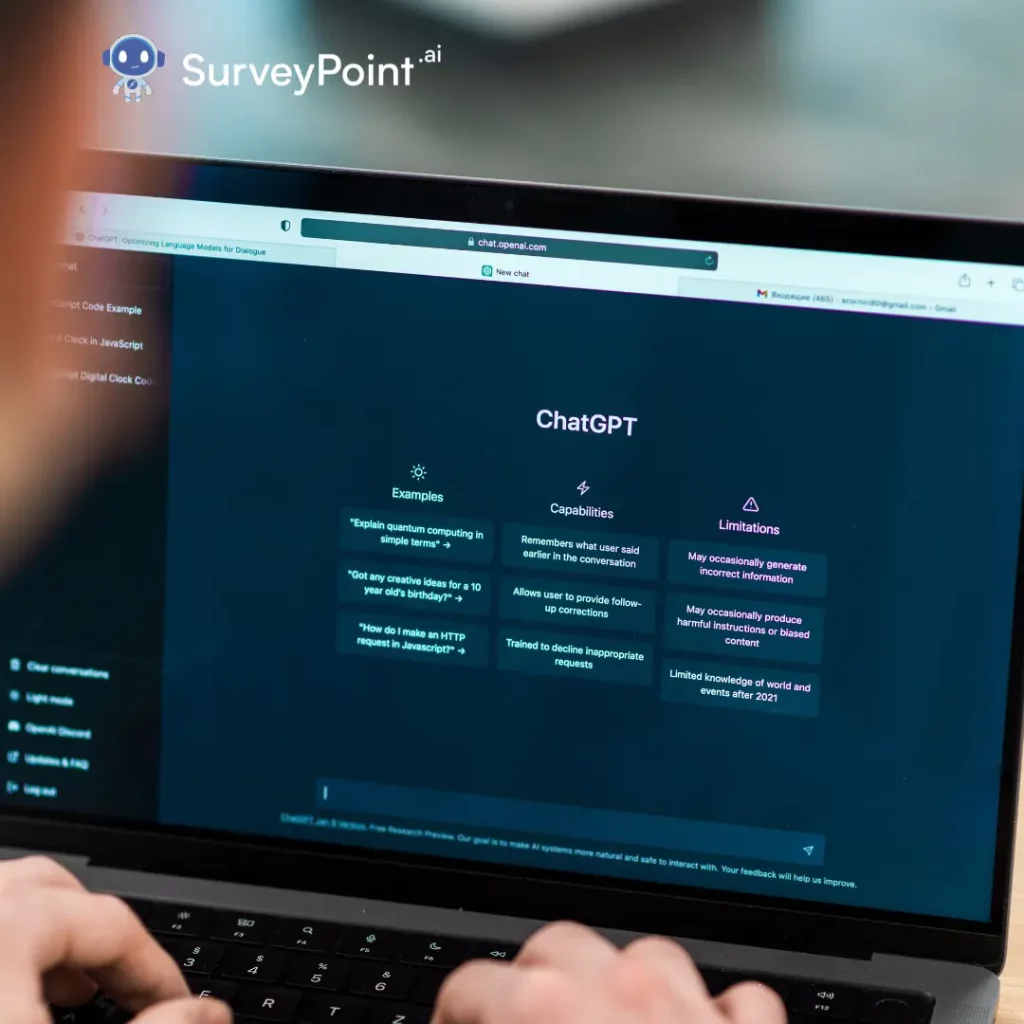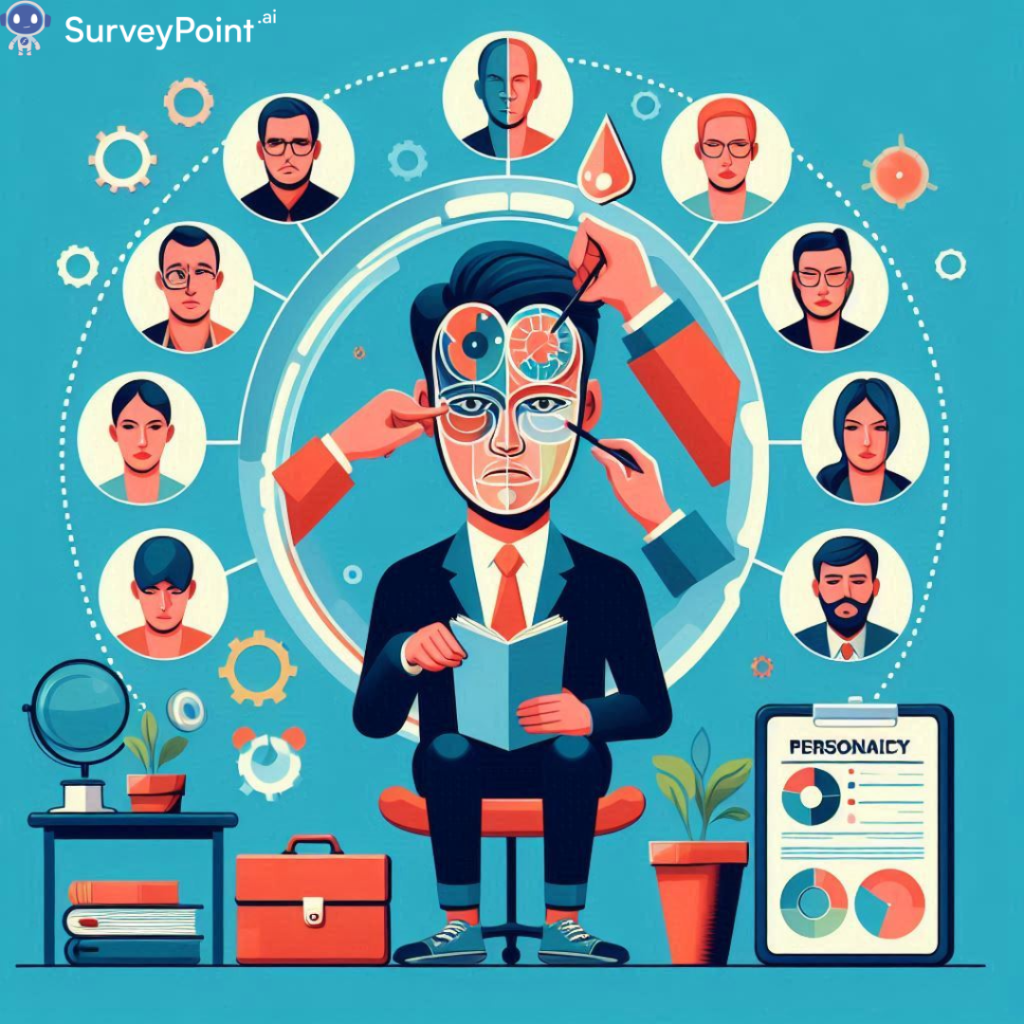
OpenAI developed the extremely sophisticated language tool ChatGPT. It runs on the GPT-3.5 system, making it really powerful and full of risks .This innovative system has the ability to comprehend and generate human-like text, making it a pivotal advancement in natural language processing. Unlike its predecessors, ChatGPT excels at maintaining context over more extended conversations, enabling it to engage in coherent and contextually relevant discussions.
In this blog, we’ll talk about the possible risks that come with using ChatGPT. We’ll break down these risks, share smart tips to use ChatGPT safely, and help you understand what to keep in mind when working with this advanced technology.
Let us begin as we explore the ins and outs of ChatGPT, making sure you’re well-informed and ready to use it wisely.
What is ChatGPT?
ChatGPT has become the talk of the town primarily due to its revolutionary capabilities in natural language processing. It’s popular because anyone around the world, including developers, can easily use it in lots of different applications.
Essentially, ChatGPT functions as a tool for generating human-like responses based on the input it receives. It learns from vast datasets, allowing it to mimic the intricacies of language and produce contextually appropriate replies. Its versatility has led to its integration in various applications, including content creation, customer service interactions, and educational contexts.
Accessible on the web, ChatGPT has garnered attention for its open availability, allowing developers and users worldwide to explore its capabilities. Despite its prowess, it is crucial to recognise the potential risks and limitations associated with its use, which range from unintentional misinformation propagation to issues of bias and privacy concerns. Understanding ChatGPT’s capabilities and challenges is essential for making informed decisions about its application in diverse fields.
The versatility of ChatGPT makes it a game-changer in diverse fields such as content creation, customer service, and education. Its prowess in understanding and generating text has sparked widespread discussions about the potential impact on communication, creativity, and efficiency in various industries. The easy availability of ChatGPT on the web has democratised access to advanced language models, contributing to its widespread adoption and making it a topic of interest and conversation among technology enthusiasts, developers, and businesses alike.
The Top 9 Risks Posed by ChatGPT Today
Misinformation Propagation:
ChatGPT, in its attempt to generate coherent text, may inadvertently produce information that is inaccurate or misleading. This poses a risk as users may unknowingly rely on and propagate misinformation, impacting the credibility of the generated content.
Bias Amplification:
The model learns from diverse datasets, potentially inheriting and amplifying biases present in the training data. This can lead to outputs that reflect and reinforce societal biases, perpetuating stereotypes and discrimination.
Privacy Concerns:
Interacting with ChatGPT involves sharing information, and without proper safeguards, this raises privacy concerns. Users need assurance that their sensitive data won’t be mishandled or misused during conversations with the model.
Manipulative Use:
ChatGPT’s persuasive text generation capability poses a risk of being exploited for malicious purposes. It could be used to create deceptive messages, increasing the likelihood of successful phishing or social engineering attacks.
Lack of Accountability:
The absence of clear accountability for ChatGPT’s outputs can be problematic. In legal and ethical contexts, determining responsibility for generated content becomes challenging, potentially leading to unintended consequences.
Unintended offensive output:
There’s a risk that ChatGPT may generate content that is offensive or inappropriate, posing potential harm to users or tarnishing the reputation of businesses relying on the model for communication.
Dependency Issues:
Overreliance on ChatGPT without human oversight may hinder critical thinking skills. Users may become overly dependent on the model for decision-making, neglecting the need for human judgement and expertise.
Security Vulnerabilities:
Like any technology, ChatGPT is susceptible to security vulnerabilities. Exploitation of these vulnerabilities could lead to unauthorised access or misuse of the model, posing a threat to the confidentiality and integrity of interactions.
Ethical Dilemmas:
The deployment of ChatGPT introduces ethical considerations. Users and developers must grapple with questions about the societal impact of AI, potential biases in its outputs, and the responsible use of this technology to avoid unintended ethical dilemmas.
Mitigating Risks : A Strategic Approach
Continuous Monitoring:
Regularly observe ChatGPT’s outputs to swiftly identify and address potential risks, maintaining a vigilant stance towards content generation.
Customisation through fine-tuning:
Tailor ChatGPT by fine-tuning it on specific datasets, reducing biases, and aligning the model with ethical standards for more controlled and appropriate responses.
User Education and Guidelines:
Empower users with clear guidelines on the responsible use of ChatGPT, offering insights into potential risks and fostering informed and conscientious interactions.
Privacy Safeguards:
Implement robust privacy measures to protect user information during ChatGPT interactions, building trust and alleviating concerns related to data security.
Human-in-the-Loop Oversight:
Integrate human oversight into ChatGPT interactions to intervene when necessary, leveraging human judgement for responsible and context-aware content generation.
Regular Updates and Security Audits:
Keep ChatGPT updated with regular software updates to address vulnerabilities and conduct periodic security audits, ensuring a secure and resilient system against potential threats.
Exploring Alternatives: Conversational AI Solutions
OpenAI’s GPT-4 or Newer Models
Dive into the latest innovations within OpenAI’s GPT series, featuring state-of-the-art conversational AI capabilities. Expect advancements in natural language understanding and generation, enhancing the overall performance of your applications.
Google’s BERT
Harness the power of BERT, Google’s Bidirectional Encoder Representations from Transformers. Renowned for its robust natural language processing, BERT excels at providing nuanced context understanding, making it a versatile choice for various conversational applications.
Facebook’s BART
Consider Facebook’s BART model, designed for effective text summarization and versatile dialogue generation. Leveraging denoising sequence-to-sequence pre-training, BART excels in delivering coherent and contextually rich responses, suitable for a range of applications.
Microsoft’s DialoGPT
Explore the capabilities of Microsoft’s DialoGPT, a specialised conversational language model crafted to generate coherent and contextually relevant dialogue. This focused solution provides an effective means of enhancing conversational interactions in your applications.
Rasa
Choose Rasa, an open-source conversational AI platform that empowers developers to build and deploy customised chatbots. Offering flexibility and control, Rasa allows you to tailor conversational agents to specific project needs, providing a comprehensive solution for your conversational AI requirements.
When considering alternatives to ChatGPT, it’s crucial to evaluate the unique strengths and capabilities of each solution. Assess factors such as customisation options, ease of integration, and the specific requirements of your project to make an informed decision.
Conclusion
While ChatGPT offers powerful language generation capabilities, it’s essential to acknowledge potential risks such as biassed responses, misinformation propagation, and ethical concerns related to user privacy. As we navigate these challenges, exploring alternative solutions like OpenAI’s GPT-4, Google’s BERT, Facebook’s BART, Microsoft’s DialoGPT, and Rasa provides a broader perspective on tailored options for specific use cases.
The field of conversational AI is dynamic, with continuous advancements and emerging technologies. By carefully considering the strengths and weaknesses of various models, developers and stakeholders can make informed decisions to mitigate risks and enhance the effectiveness of conversational applications. As we move forward, striking a balance between innovation and ethical considerations will be crucial to fostering responsible and beneficial use of these technologies in diverse contexts.




